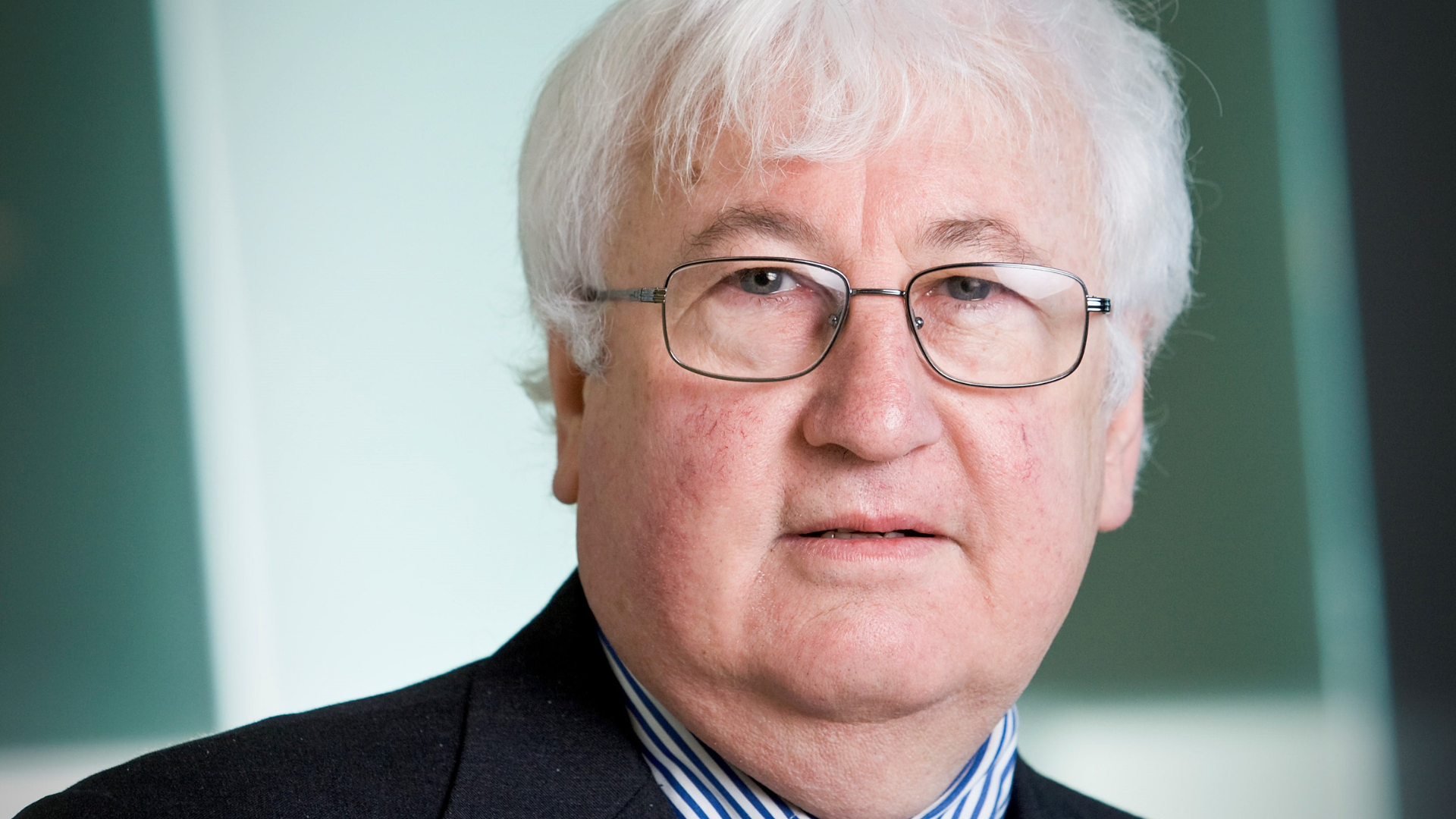Opportunities from high-yield bond market expansion
The global high-yield bond market’s recent growth, particularly outside the US, is presenting active managers with a wider opportunity set for potential alpha and diversification, according to a research paper by specialists at Eaton Vance Investment Management.
The paper, entitled ‘Capitalising on the Growth of the Global High-Yield Market’, says that non-US issuers of high-yield bonds now make up nearly 50 per cent of the US$2 trillion global market. This compares with just 12 per cent in the late 1990s.
Contributing to the expanded opportunity set, emerging market issuers have come from practically nowhere to total US$369 billion, or 18.5 per cent of the total market, over the same period.
One of the paper’s authors’ Jeff Mueller, Eaton Vance portfolio manager for high-yield investments, says high-yield bonds “occupy a special capital market niche”. They have offered a significantly better risk-adjusted return than equities, on average, and lower interest-rate sensitivity than the broad fixed-income market.
The paper says that high-yield bonds first started to come to prominence about three decades ago, which is how long Eaton Vance has been managing them, it is only in recent years that European and emerging markets have come of age.
“The substantial growth of the global high-yield universe has widened the opportunity set and geographical, economic and political differences create the potential for diversified return streams.”
Over the past 15 years, from January 2001to September 2016, the annual return from global high yield has averaged 8.2 per cent, with a volatility of 9.9 per cent, compared 4.4 per cent return with a 16.0 per cent volatility for global equities (MSCI ACWI index).
With respect to lower interest-rate sensitivity, the paper says the higher income stream and shorter maturities from high-yield bonds combine to lower their duration compared with broad investment-grade indices such as the Barclays Global Aggregate Index.
Given that rising interest rates, such as in the US currently, usually signal a strengthening economy, high-yield bonds often move in tandem with equities, given that they are proxies for the strength of lower-rated companies. Since May 1987 there have been 16 three-month periods in which five-year US treasuries gained 70bps or more. During those periods high-yield bonds averaged a gain of 2.5 per cent, compared with a gain of 3.0 per cent for the S&P 500 and a loss of 1.4 per cent for investment-grade bonds (JP Morgan numbers).









